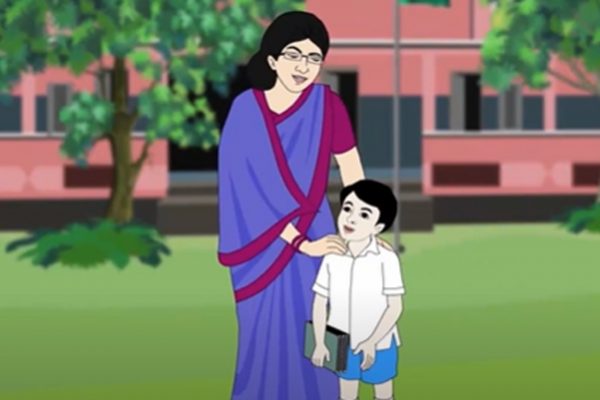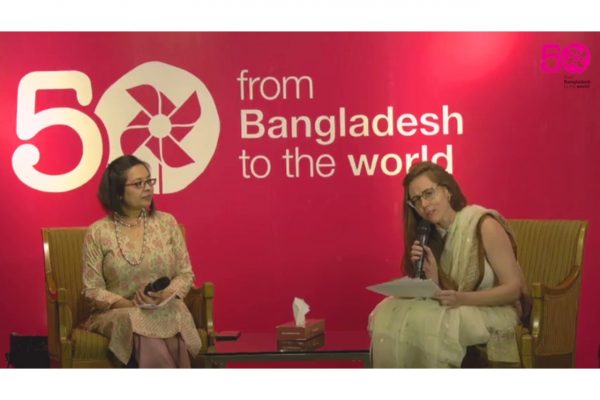Reading Time: 3 minutes
“This meeting is a great opportunity to see what’s really going on. In Sri Lanka, right now we only have microfinance. I had no idea what the health, education, and WASH [Water, sanitation, and hygiene] programs would be like. Reading on the website is nothing like coming here and really being able to see it.”

“This meeting is a great opportunity to see what’s really going on. In Sri Lanka, right now we only have microfinance. I had no idea what the health, education, and WASH [Water, sanitation, and hygiene] programs would be like. Reading on the website is nothing like coming here and really being able to see it.” Hollupathirage Sajini (BRAC)“We don’t have these youth programs [in Sierra Leone], but I hope we will in a few years.” Regina Juliana Kain (BRAC)“I am learning so much! I hope that I can pass everything that I’m getting out of being here to others in Haiti.” Doris Valcin (BRAC)These are a few of the reflections that participants offered at the beginning of Day two of BRAC’s first Global Learning Meeting on youth. It was clear from the remarks and the murmurs of agreement reverberating around the room that the power of what an organization like BRAC can achieve in 40 years is hard to believe until you see it, in Bangladesh. And having seen it, leaders of BRAC’s programs abroad were hungry to learn more!There is no better starting point than a reminder of where the focus of BRAC’s programs should be: on helping youth realize their own potential. Susan Davis (BRAC USA) shared words that BRAC’s founder and chairperson, Sir Fazle Abed, about the “shining eyes test” of success. “I don’t worry so much about how to measure whether we’re on the right path or not. What it really comes down to is, when I look in the eyes of the young people in BRAC’s schools and programs, and I see their eyes shining so brightly, I know we are.”
BRAC’s programs with youth are expanding rapidly, within Bangladesh and abroad. Already it has youth-targeted programs operating in six countries and mainstream programs reaching millions more. For example, in Bangladesh the majority of recipients of maternal health services, programs for the ultra-poor, and even human rights and legal services are young women, despite the fact that these programs were designed without a deliberate youth target. The emergent focus on youth arose because of the extent and complexity of their vulnerability. “When we go to a household and ask how old a bride is, the family always tells you that she is eighteen because that’s the legal minimum age. But we know that childbirth is one of the largest killers of adolescents in our country. This is a health problem, but it’s also much bigger than a health problem given the social context surrounding it,” said Faruque Ahmed (BRAC).
The diversity of social contexts was quite from comments and questions of the participants. In South Sudan, still just months old, there are only a handful of functioning government schools. Community members often frown on girls leaving their homes to go to BRAC’s learning centers where they can study or learn livelihood activities. Yet despite the differences, staff everywhere named pregnancy and unemployment as some of the biggest challenges. Other themes, such as the need for increasing and improving the engagement of boys, particularly male partners or spouses, arose as shared areas of urgent attention.
In its decision to expand internationally ten years ago, BRAC was asserting that its integrated, community-based model could work in other contexts. Now the question is, how can we harness the breadth and depth of insights to best work with youth? Imran Matin (BRAC) offered one articulation of the underlying BRAC approach, “Many of our international programs at times have had to operate in conditions of great resource scarcity, forcing us to really identify what is really core to our model. What BRAC has always done is organize people and bring them out of social isolation. To do this, we have to figure out the platform. Once you have the platform, then you can really start to create power.” For youth, given the critical importance of education in promoting a successful adulthood, the platform BRAC chooses may deviate from its more traditional platform of the microfinance village organization. The old strategies, such as building social capital and community empowerment, may also take advantage of the new tools that advancements in technology has made available. New opportunities to work with the public and private sector can further enable BRAC to achieve greater impact, sustainability, and scale.
Though the meeting has come to a close, the learning is just beginning! With these few days of intensive presentations and dialog to draw on, tomorrow BRAC’s leaders sit down to map out BRAC’s first global youth strategy.
By Maria A May, BRAC Social Innovation Lab.





